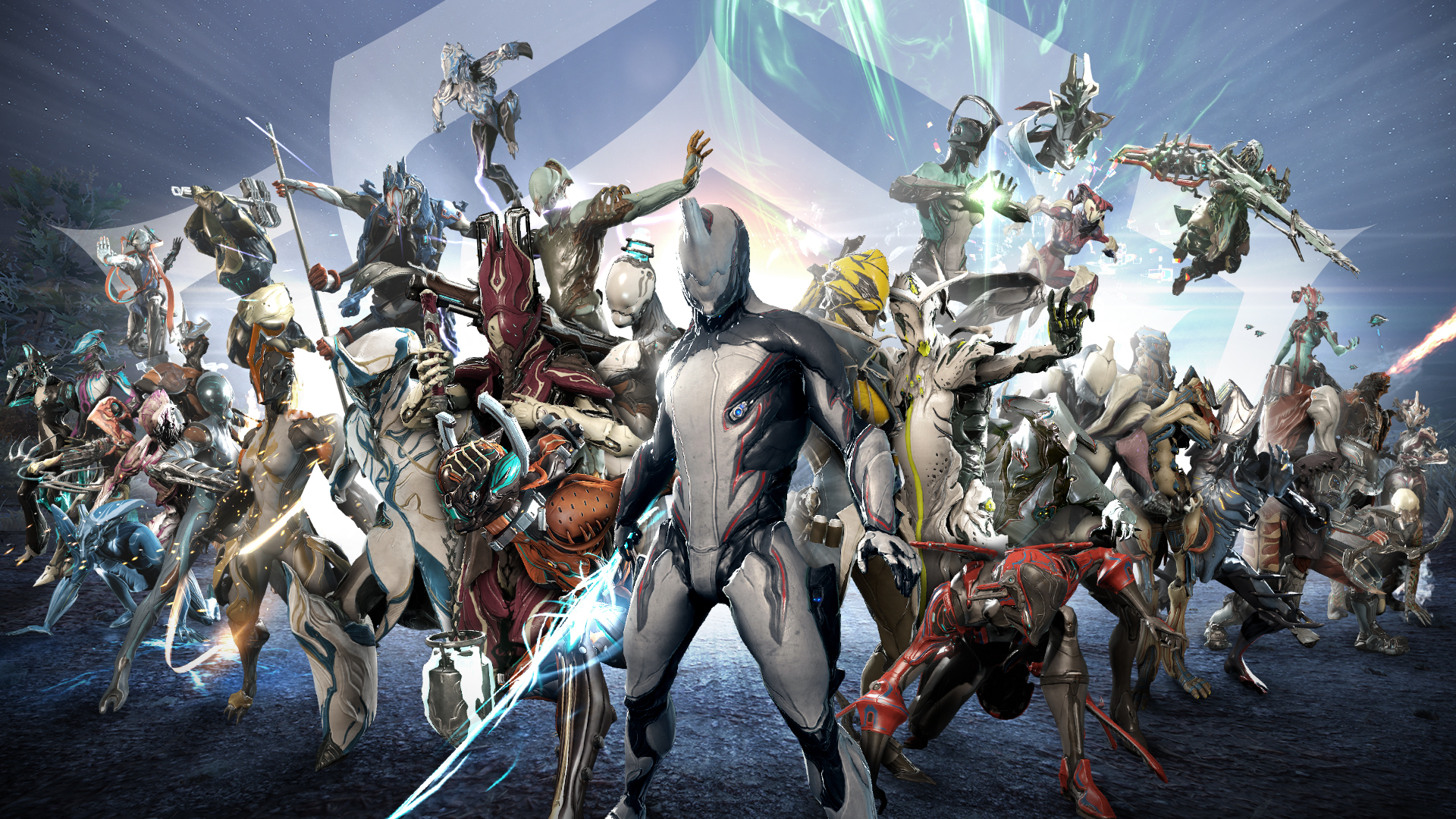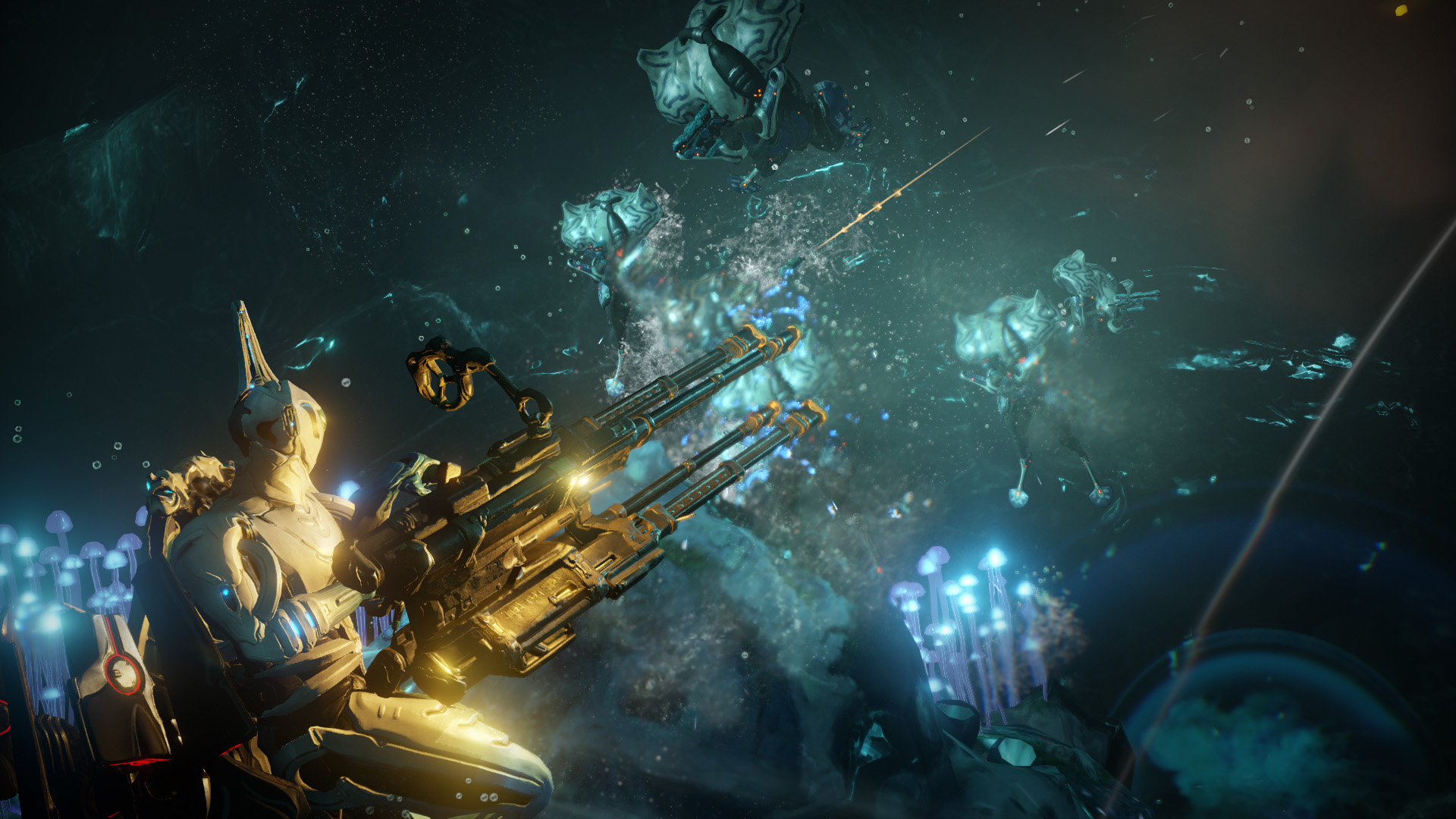As PC gamers, we love to blast away at hordes of enemies with all kinds of shotguns, plasma rifles, and rocket launchers just as much as we love to hoard huge piles of shiny new gear. It was probably only a matter of time before someone decided to mash these concepts together. Now, a decade later, the “Looter Shooter” is a thriving subgenre boasting heavy-hitters like Borderlands, Warframe, and Destiny. But how did it all get started?
The loot component is heavily influenced by action RPGs like Diablo and Path of Exile, and can be traced all the way back to random loot tables in tabletop RPGs like Dungeons & Dragons as early as the 1970s. The randomness of item, enemy, and level generation meant no two characters or quests were exactly alike, and coming across very powerful loot was a memorable and exciting experience.

It’s hard to tell where these action RPGs became shooter-y enough (or perhaps where shooters became loot-driven enough) to mark the first true “looter shooter”. Some strong candidates include former Diablo II Project Lead David Brevik’s Hellgate: London and Richard Garriott (of Ultima fame)’s Tabula Rasa, both released in 2007. Hellgate was more like Diablo 2’s online mode, with a shared hub from which to launch randomized missions, while Tabula Rasa more closely resembled an MMO like World of Warcraft, at the height of its popularity at the time. But both sought to blend shooter gameplay with action RPG-style random loot and stat-based character progression.
While Hellgate and Tabula Rasa struggled to find large audiences, the looter shooter would cement its place among the PC gaming pantheon in October 2009 with the release of Gearbox’s Borderlands. Playable solo or co-op, it introduced us to the zany, wild-west-in-space world of Pandora and a cast of hilarious, memorable characters like Claptrap and Handsome Jack. In contrast to previous attempts, the series was the first to put twitch shooter gameplay at the center of the action, toning down the RPG elements to more of a support role. This combo of tighter controls and self-aware humor turned out to be a winning combination, selling millions of copies and kicking off a gold rush of excited studios wanting to get into the space.
In 2013, Warframe from Digital Extremes took the concept free-to-play, following in the footsteps of many MMOs that had recently found success with the model in an age when subscriptions were becoming a harder sell. The relatively blistering pace at which it receives new content and willingness of the team behind it to iterate in daring and disruptive ways keep it from ever feeling stagnant, which has helped bring together a large and enthusiastic community of millions of active players worldwide. Warframe also introduced the concept of randomized tilesets, so everything up to and including the floor your enemies crumble upon is going to look different from one mission to the next.

Bungie, legendary for creating the original handful of Halo games, launched their flagship looter shooter Destiny in 2014 with a similar plan for MMO-like ongoing content. While the original sadly never came to PC, 2017’s Destiny 2 made its way to us where it was met with high critical praise and strong sales. It has since received two major expansions, with a third on the way later this year. Blending a high-concept, rich and distinct sci-fi future with the satisfying, fine-tuned shooting, and clever, unpredictable enemy AI inherited from Halo, it’s easy to see why it’s been so successful.
In 2016, Ubisoft came out swinging with a much more grounded, realistic looter shooter in the form of Tom Clancy’s The Division. Set in a post-pandemic, apocalyptic future New York, players take the role of elite operatives trying to maintain order in a complex, morally complicated near future that explores heavier and darker themes than most of its genre cousins. Trading in crazy class abilities and borderline magic powers, The Division looks and plays a lot more like the type of military shooter you’d expect when you see Tom Clancy’s name on anything - and players were clearly hungry for that, as it became Ubisoft’s best selling game ever up to that point after only one week on sale.
And the age of the looter shooter is just beginning. More developers seem to be exploring the potential to take the basic formula in new directions all the time. BioWare’s Anthem, the first new franchise from the studio since the original Mass Effect, is slated for February 2019 and looks to fuse the looter shooter with Bioware’s trademark reactive storytelling and deep worldbuilding, all within a shared world that can be explored by land, sea, and air with a great degree of freedom. Ever-evolving games like Warframe and Destiny 2 don’t seem to be going anywhere in a hurry, either, with new content and expansions rolling out all the time. And The Division 2 is taking the fight from New York to D.C. to tackle even more complicated themes indicative of our changing times like combating corrupt power structures.
It can be hard to predict what PC gaming is going to look like five to ten years down the line. But chances are good we’ll be locking and loading, blasting through hordes of enemies, and swooping up all the shiny, new guns strewn throughout the smoking aftermath.
The biggest gaming news, reviews and hardware deals
Keep up to date with the most important stories and the best deals, as picked by the PC Gamer team.

